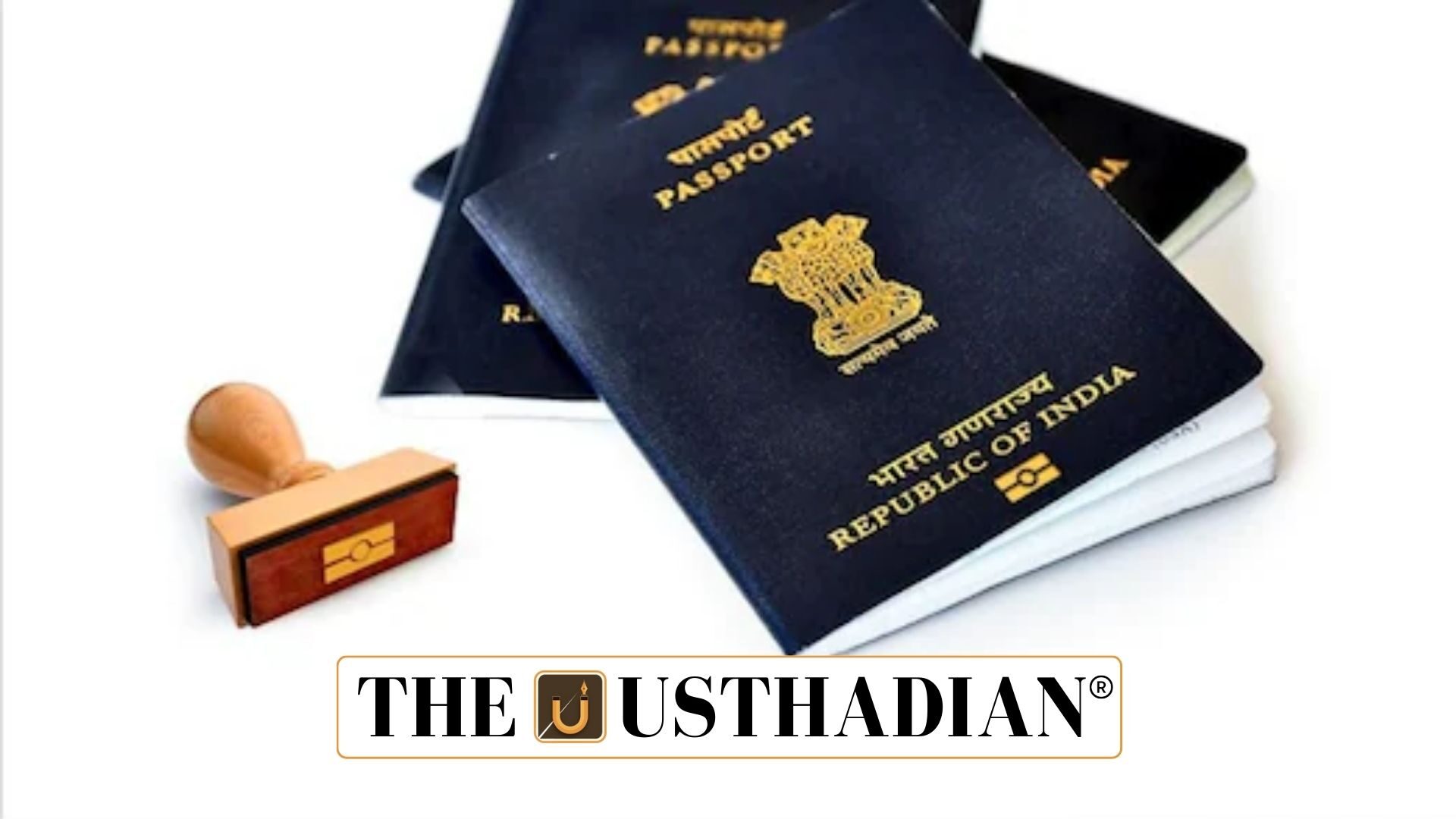Introduction
Immigration and Foreigners Act 2025 in Force: The Immigration and Foreigners Act 2025 came into effect on 2 September 2025. It consolidates and modernizes India’s framework for regulating the entry, stay, and movement of foreigners. The Act strengthens the role of the Central Government and introduces new mechanisms for immigration management.
Laws Replaced
The Act repeals four old laws: the Passport (Entry into India) Act 1920, the Registration of Foreigners Act 1939, the Foreigners Act 1946, and the Immigration (Carriers’ Liability) Act 2000. This step streamlines immigration laws under a single legislation.
Static GK fact: The Foreigners Act 1946 was enacted during British rule to deal with World War II refugee influx.
Immigration Posts
The government can now designate specific immigration posts for entry and exit. This ensures better monitoring and regulated access points at airports, seaports, and land borders.
Bureau of Immigration
The Act establishes a Bureau of Immigration as a specialized body. It will oversee visa issuance, entry regulations, transit permissions, and internal monitoring of foreign nationals.
Static GK Tip: India’s first centralized immigration unit was set up in 1971 under the Intelligence Bureau.
Registration of Foreigners
All foreigners must register with a Registration Officer after arriving in India. This ensures records are maintained of foreign students, professionals, and other visitors staying in the country.
Reporting Obligation
Educational institutions, medical facilities, and transport carriers are mandated to provide information about foreigners they serve or host. This strengthens internal security by maintaining proper data.
Offences and Penalties
The Act prescribes imprisonment up to five years and fines up to five lakh rupees for foreigners entering without valid documents. Both penalties can also be applied together.
Power of Arrest
The law empowers police officers of Head Constable rank and above to arrest foreigners without a warrant for violations. This gives operational strength to frontline enforcement.
Control over Premises
Civil authorities can order the closure of places frequented by foreigners if considered a threat. They may also refuse admission of foreigners to certain premises.
Significance
By consolidating immigration laws, the Act ensures efficient management of foreign nationals while balancing security concerns. It gives India a modern legal framework aligned with global practices.
Static GK fact: India shares its longest international border with Bangladesh, stretching over 4,096 km.
Static Usthadian Current Affairs Table
Immigration and Foreigners Act 2025 in Force:
| Topic | Detail |
| Date of Enforcement | 2 September 2025 |
| Replaced Laws | Passport (Entry into India) Act 1920, Registration of Foreigners Act 1939, Foreigners Act 1946, Immigration (Carriers’ Liability) Act 2000 |
| Authority Empowered | Central Government |
| Immigration Posts | Designated entry and exit points |
| Bureau of Immigration | Established for visa, entry, and monitoring functions |
| Registration Rule | Foreigners must register on arrival |
| Reporting Obligation | Carriers, educational, and medical institutions |
| Penalties | Up to five years imprisonment, five lakh fine, or both |
| Arrest Powers | Police officers above Head Constable rank |
| Premises Control | Civil authority may restrict access or order closure |








